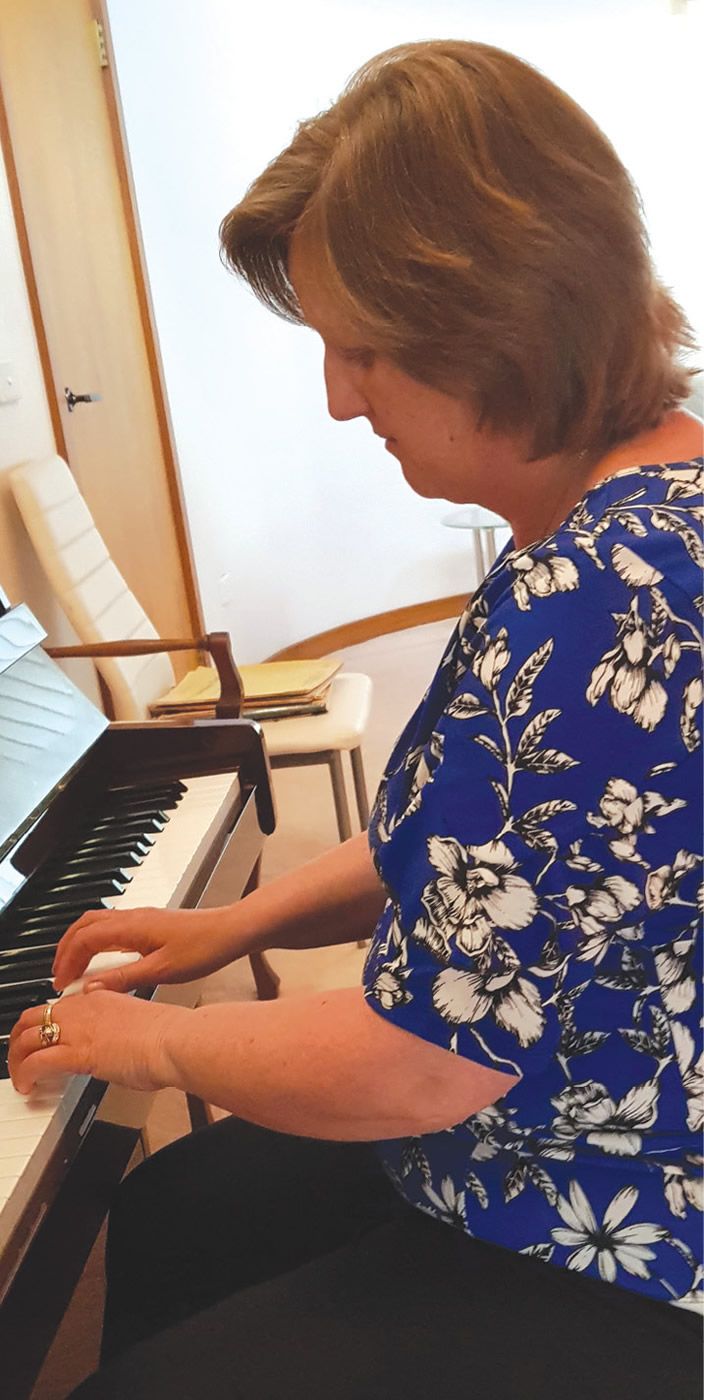
Performing arts teaching was hit hard by COVID-19 in 2020. Teachers and support staff had to adapt fast to the changing environment, and many of the challenges persist, journalist Sue Osborne writes.
A team of nine educators from Australia, New Zealand, the US and Singapore conducted an international qualitative study of 635 teachers.
Dr Melissa Cain, of Australian Catholic University Brisbane said the survey, Teaching and Learning in COVID Times, which opened in May 2020, asked teachers how COVID-19 affected them and their students. Interestingly, of the 179 Australian respondents, 65 percent had more than 21 years’ teaching experience, but less than 10 percent had experience teaching online.
For creative and performing arts teachers, significant pedagogical changes were needed, and often the curriculum could not be delivered as intended or not in full, she said.
One of the study respondents said: “COVID-19 restrictions completely reframed the way I engage with the curriculum (particularly live performances). I had to shift to individual tasks for assessment.”
Other comments included: “It has involved more independent learning time than my students are used to”; “Arts performances were heavily impacted”; “It has restricted all rehearsals and performances – this was particularly trying for the parents of foundation [kindergarten] students who did not see their children’s first performance at school.”
“Numerous school events and experiences were cancelled or postponed until Term 4. In Year 12 the HSC Drama Group performance and Extension Music Group performances were cancelled completely. Movement-based performances are restricted to the smaller spaces available in homes with an individual focus.”
Another respondent said: “It has made me realise that all my teaching in drama and dance has been dependent on making meaning within groups in close proximity. The games I play are often dependent on touch. It is much more difficult for students to learn about the art form without constructing the meaning by working in a group in person. Some aspects can only be described and not physically experienced.”
Most teachers indicated that online teaching resulted in an inferior experience for their students: “The technology doesn’t always work, such as breakout rooms. Students suddenly leave the session and it’s challenging to work in groups. It’s harder to ‘read the room’ when many students don’t show their face and it’s harder to tell if students are understanding or responding to the work”.


































































































































